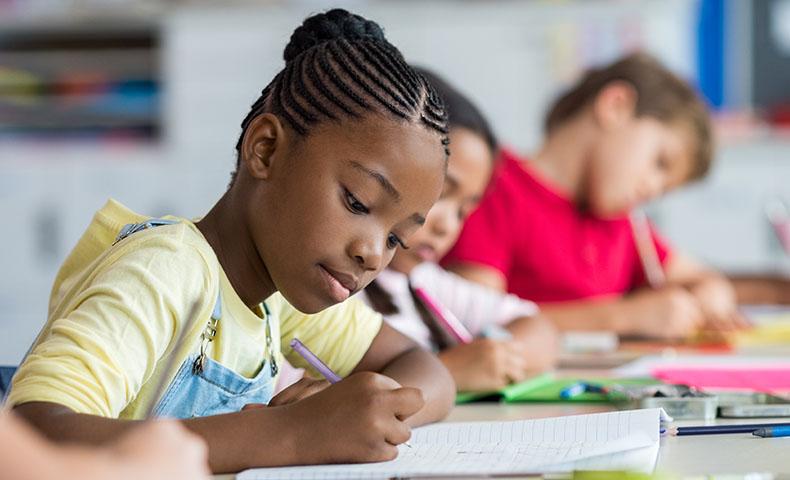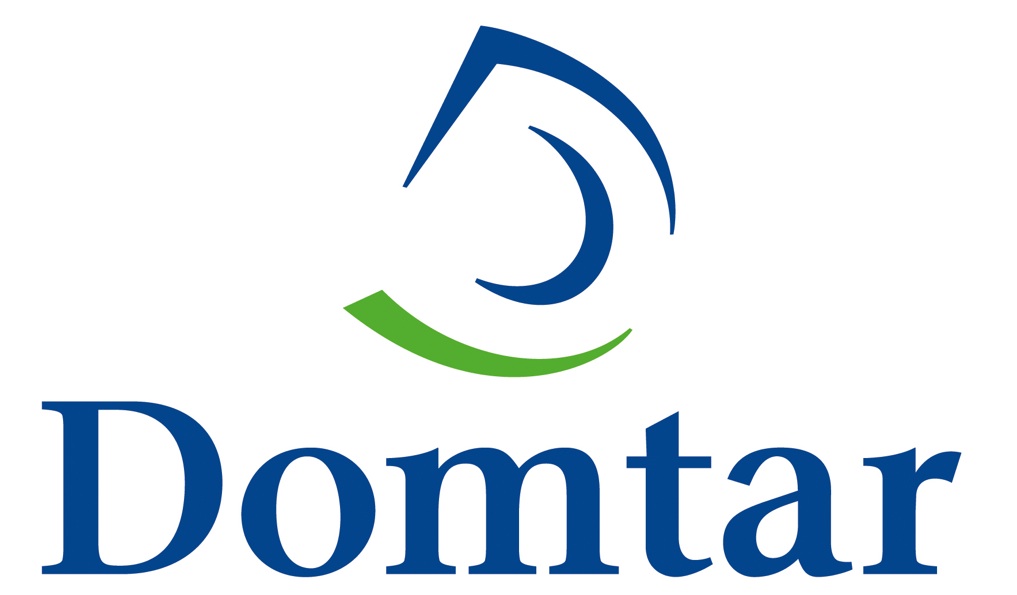The Battle Between Paper and Screen Time in the Classroom

After several years of seeing more technology in K–12 classrooms, many educators and parents are asking for less screen time at school. They are questioning the value of electronic devices for education, driving some school districts to reconsider the use of pencil and paper instead of laptops and tablets.
As the Wall Street Journal recently reported, parents in several states are asking for limits on screen time in the classroom and a return to paper for reading and writing. Here’s why.
Screen Time Is Distracting
Nearly 90 percent of teachers and parents say reading 15 pages on paper every day can help improve a student’s memory and language development, according to the Paper and Packaging Board’s Fourth Annual Back-to-School Report: Paper and Productive Learning.
Because paper doesn’t have flashing notifications that distract us, we spend more time and engage more of our senses while reading on paper. We can feel the texture of the page beneath our hand. We can hear the crinkle of a page turning. We can see ideas coming to life before our eyes. It is through this sensory contact that we absorb, comprehend and retain information.
The National Education Policy Center weighed in on paper versus screen time in April with its report “Personalized Learning and the Digital Privatization of Curriculum and Teaching.” When it comes to technology and personalized learning, the report says, “Our analysis reveals questionable educational assumptions embedded in influential programs, self-interested advocacy by the technology industry, serious threats to student privacy and a lack of research support.”
Paper Supports Productive Learning
Paper continues to be the preferred tool for productivity among students, teachers and parents. In fact, 94 percent of college students say paper is essential to helping them achieve their academic goals, and 89 percent of students in grade school agree. Meanwhile, 92 percent of educators and 90 percent of parents agree that reading on paper can benefit any student.
Kenneth Kiewra, a professor of educational psychology at the University of Nebraska-Lincoln, has studied notetaking techniques for 40 years. Recently, he offered tips to taking better notes on paper.
While many educators and parents see the benefits technology can bring to well-designed assignments, many feel they’re fighting a losing battle with screen time.
“The hope that school could be an educational sacred space is eroded by discovering that children are playing internet games, watching movies or shopping on devices during the school day,” says Melanie Hempe, founder and executive director of Families Managing Media and author of “The ScreenStrong Solution.” Her organization spotlights research on how screen time affects kids and advocates for the responsible use of technology.
Because of what she’s learned from her own experience as a parent and in her work professionally, Hempe values the pen-and-pencil approach to learning. “In a classroom, replacing textbooks with screens is a bad trade,” she says. “For a child learning to process language and communication, science tells us it’s not a good fit.”
Even when a lesson is well-planned and prepared, the online environment that many schools are embracing can be damaged by students using their screen time to look for entertainment, adult content or social chatter.
“Aside from the plentiful research about how reading in print and writing by hand benefit a child’s learning, there’s also the reassurance that a child won’t turn the page of a book and find pornography or social bullying,” Hempe says. “All of that is a risk and common occurrence with screens at school.”
Read more about the benefits of print on paper:

